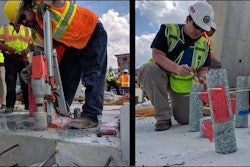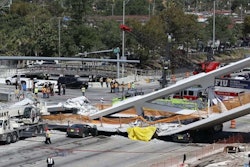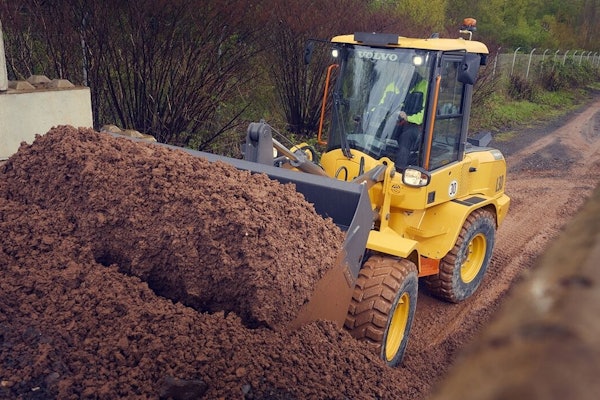A first-of-its kind Miami pedestrian bridge that collapsed Thursday, killing at least six people, was being built with Accelerated Bridge Construction (ABC) methods, and stress tests were underway when it failed, officials say.
A contractor’s crews were conducting the stress tests on the incomplete structure at the time of the collapse, according to Miami-Dade Mayor Carlos Gimenez.
And in a tweet Thursday evening, Florida Senator Mark Rubio said cables were being tightened when the main span failed. He wrote that “the cables that suspend the #Miami bridge had loosened & the engineering firm ordered that they be tightened. They were tightened when it collapsed today.”
The 174-foot span of the concrete bridge at Florida International University weighed 950 tons, and it crashed down onto cars waiting at a stop light about 1:30 p.m.
The ABC methods that were being used are intended to make bridge building easier and minimize disruptions. ABC, used increasingly throughout the nation, involves constructing some parts off-site and then moving them to the site and hoisting them into place. In the Miami bridge failure, the pieces were assembled on the roadside and then put into place Saturday morning.
“We are stunned by today’s tragic collapse of a pedestrian bridge that was under construction over Southwest Eighth Street in Miami,” says a statement provided to Equipment World by FIGG Bridge Engineers, the engineering firm on the project.









